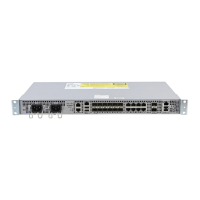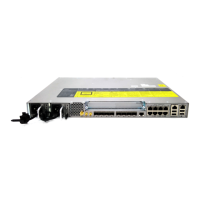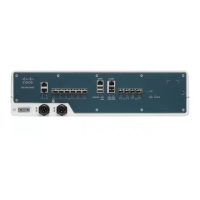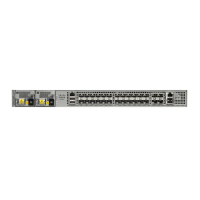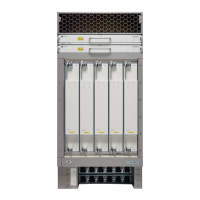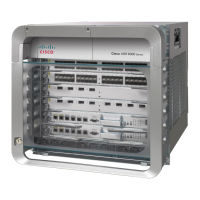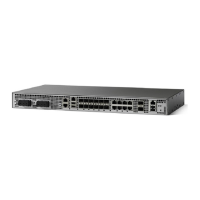SUMMARY STEPS
1.
enable
2.
configure terminal
3.
interface type number
4.
rep segment segment-id [edge [ no-neighbor] [primary]] [preferred]
5.
rep stcn {interface type number | segment id-list | stp}
6.
rep block port {id port-id | neighbor-offset | preferred} vlan {vlan-list | all}
7.
rep lsl-retries number-of-tries
8.
rep lsl-age-timer timer-value
9.
rep preempt delay seconds
10.
end
11.
show interface type number rep [detail]
12.
copy running-config startup-config
DETAILED STEPS
PurposeCommand or Action
Enables privileged EXEC mode.enable
Step 1
Example:
Router> enable
•
Enter your password if prompted.
Enters global configuration mode.configure terminal
Example:
Router# configure terminal
Step 2
Specifies the interface and enters interface configuration mode.
interface type number
Step 3
Example:
Router(config)# interface
Gigabitethernet 0/0/1
•
Enter the interface type and number.
Enables REP on the interface and identifies a segment number.
rep segment segment-id [edge [
no-neighbor] [primary]] [preferred]
Step 4
•
The segment ID range is from 1 to 1024.
Example:
Router(config-if)# rep segment
1 edge preferred
You must configure two edge ports, including one primary edge port for
each segment.
Note
• (Optional) edge—Configures the port as an edge port. Each segment has
only two edge ports. Entering the edge keyword without the primary
keyword configures the port as the secondary edge port.
• (Optional)no-neighbor—Configures the segment edge as one with no
external REP neighbor on a port.
LAN Switching Configuration Guide Cisco IOS XE Everest 16.5.1 (Cisco ASR 900 Series)
28
Configuring Resilient Ethernet Protocol
Configuring REP Configurable Timers

